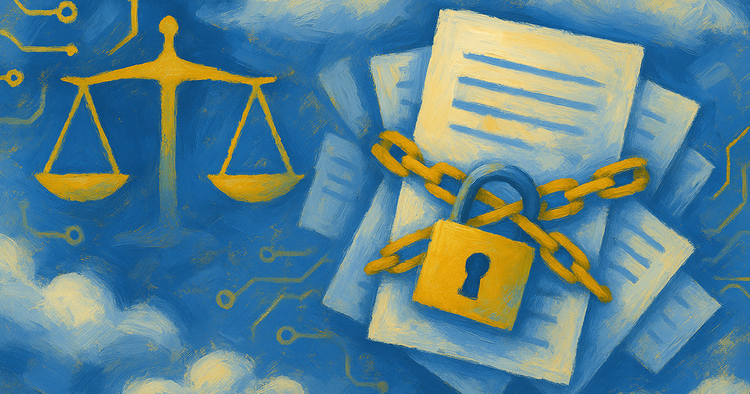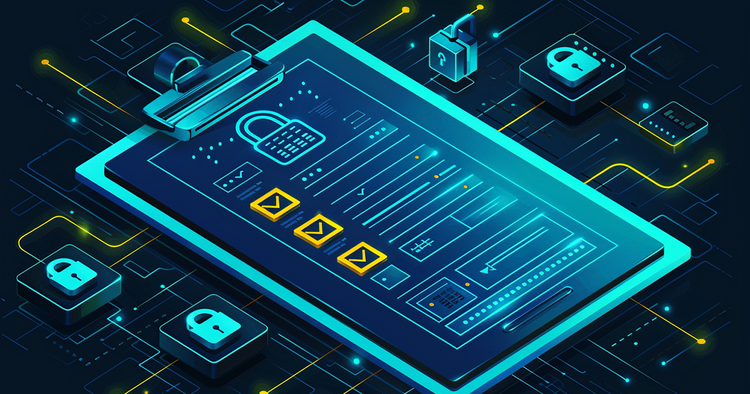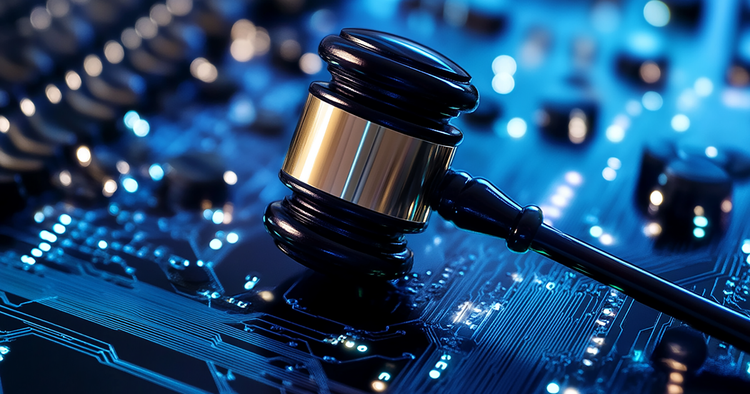Top 8 Must-Have Security Standards To Look for in Legal Tech

Legal professionals are under more pressure than ever to safeguard sensitive data. With technology advancing rapidly, the risks are increasing, becoming more complex and challenging to detect. Data breaches and cyberattacks can strike at any time, and they don’t discriminate by industry. Legal technology, in particular, requires a solid defense to meet regulatory requirements and maintain trust and integrity.
Understanding the essential security frameworks that form the foundation of your legal tech stack is the most important step. Whether you’re a small firm or a global organization, these eight security standards are non-negotiable to stay ahead of threats and maintain compliance and client confidence. Each serves a unique function in protecting the core of your operations, and collectively, they create a robust shield for your legal tech ecosystem.
This list isn’t a collection of redundant certifications—it’s a blend of industry-recognized standards and time-tested best practices. Each standard serves a unique purpose, whether verifying compliance with international regulations or adopting proactive measures to mitigate everyday threats. Some are designed to keep systems in check, while others prevent human errors that can lead to costly breaches. Together, they offer a layered approach to security, ensuring you’re compliant and protected.
Security Standards Every Legal Tech Company Should Meet
ISO 27001 certification
An internationally recognized standard for information security management systems. It provides a systematic approach to managing sensitive company and client information, ensuring it remains secure.
SOC 2 attestation
A report that evaluates an organization’s ability to manage data securely. SOC 2 is primarily for cloud service providers, SaaS companies, and any business that stores or processes client data. It’s not a certification but an attestation issued by an independent auditor after thoroughly examining how a company handles data in relation to five key trust service principles: security, availability, processing integrity, confidentiality, and privacy. There are two types of SOC 2 reports:
- Type I assesses the design of a company’s systems at a specific point in time.
- Type II looks at the operational effectiveness of those systems over a period of time, usually six months to a year.
FedRAMP Authorization to Operate (ATO)
Federal Risk and Authorization Management Program ATO is a security certification process specifically designed for cloud service providers that want to offer their services to U.S. federal agencies. It guarantees that cloud services comply with stringent government security regulations and can be relied upon to store, manage, and transfer sensitive federal information securely.
Data Loss Prevention (DLP)
DLP encompasses a combination of tools, policies, and technologies that work together to prevent unauthorized access, transmission, or exposure of sensitive data. The primary goal of DLP is to protect confidential and vital information, such as user details, financial records, and other sensitive data, ensuring that access is granted exclusively to those with the appropriate authorization. DLP solutions usually operate in three specific areas:
- Data in motion: Monitoring data being transferred over networks to ensure it doesn’t leave secure environments.
- Data at rest: Scanning stored data in databases, file systems, and backups to ensure it is protected and access is limited.
- Data in use: Monitoring how data is handled and used by employees or systems to prevent unauthorized actions like copying data to USB drives or sending it through email.
Incident Response Plan (IRP)
An IRP is a well-defined, systematic approach that guides an organization in detecting, addressing, and recovering from cybersecurity incidents like data breaches or system compromises. Its primary objective is to limit the damage caused by such incidents, minimize downtime, and ensure the organization can swiftly return to normal operations while safeguarding the integrity of critical systems and data.
Encryption protocols
Sets of algorithms and rules that determine how data is encrypted (converted into a coded form) and decrypted (converted back to its original form). The purpose of encryption is to preserve the confidentiality, integrity, and authenticity of data as it’s transmitted or stored, ensuring that only authorized parties can access the information. Encryption protocols are critical for securing sensitive data against unauthorized access, interception, or tampering. There are two main types of encryption:
- Symmetric encryption: This type uses a single key for encryption and decryption. It’s faster but requires secure key sharing between the sender and recipient. Examples include AES (Advanced Encryption Standard) and DES (Data Encryption Standard).
- Asymmetric encryption: This method uses two keys—one public and one private. The public key encrypts the data, and the private key decrypts it. While this approach offers stronger security for data transmission, it’s slower because of the more intricate algorithms involved.
Access controls
Security mechanisms that regulate who or what can view, use, or access resources in a computing environment. These resources can include data, files, systems, or networks, and access controls are crucial for protecting sensitive information from unauthorized access, use, or modification. Every organization needs access controls, particularly those that handle sensitive data, manage critical systems, or operate within regulated industries.
Regular security audits
Planned evaluations of an organization’s information systems, security practices, and controls to ensure they meet regulatory, industry, and internal security standards. These audits help identify vulnerabilities, assess the effectiveness of security measures, and ensure compliance with relevant laws and policies. By conducting regular security audits, organizations can identify and address gaps before cyber threats exploit them.
Preparing for Tomorrow with Secure Legal Tech
As legal tech evolves, data security must be front of mind. Implementing these standards isn’t just about checking boxes for compliance; it’s about building a resilient foundation that can withstand the challenges of today’s cyber threats. Each layer of protection—whether it’s encryption, access control, or regular audits—reinforces the next, creating a security ecosystem that protects your organization and fosters trust with clients and partners.
The truth is that cyberattacks can happen to any organization at any time. Having thorough security measures in place makes recovering from said attacks much more manageable. By integrating these essential security standards, you’re not just defending against potential threats—you’re setting your organization up for long-term success in a digital-first world. The time to act is now, before the risk becomes a reality.
If you’re in need of a comprehensive and secure platform for your legal proceedings, Prevail is here to help. Book a demo today to learn more about the first AI-assisted testimony intelligence platform that meets ISO 27001 and SOC2 Type 2 standards.




